SWMH Eastern expansion DevDiary 9. The Qipchaq question.
Hello everyone and welcome to the 9th devdiary for the eastern expansion. Today we revisit the steppes and see how thing are shaping up 200 years after our last visit.
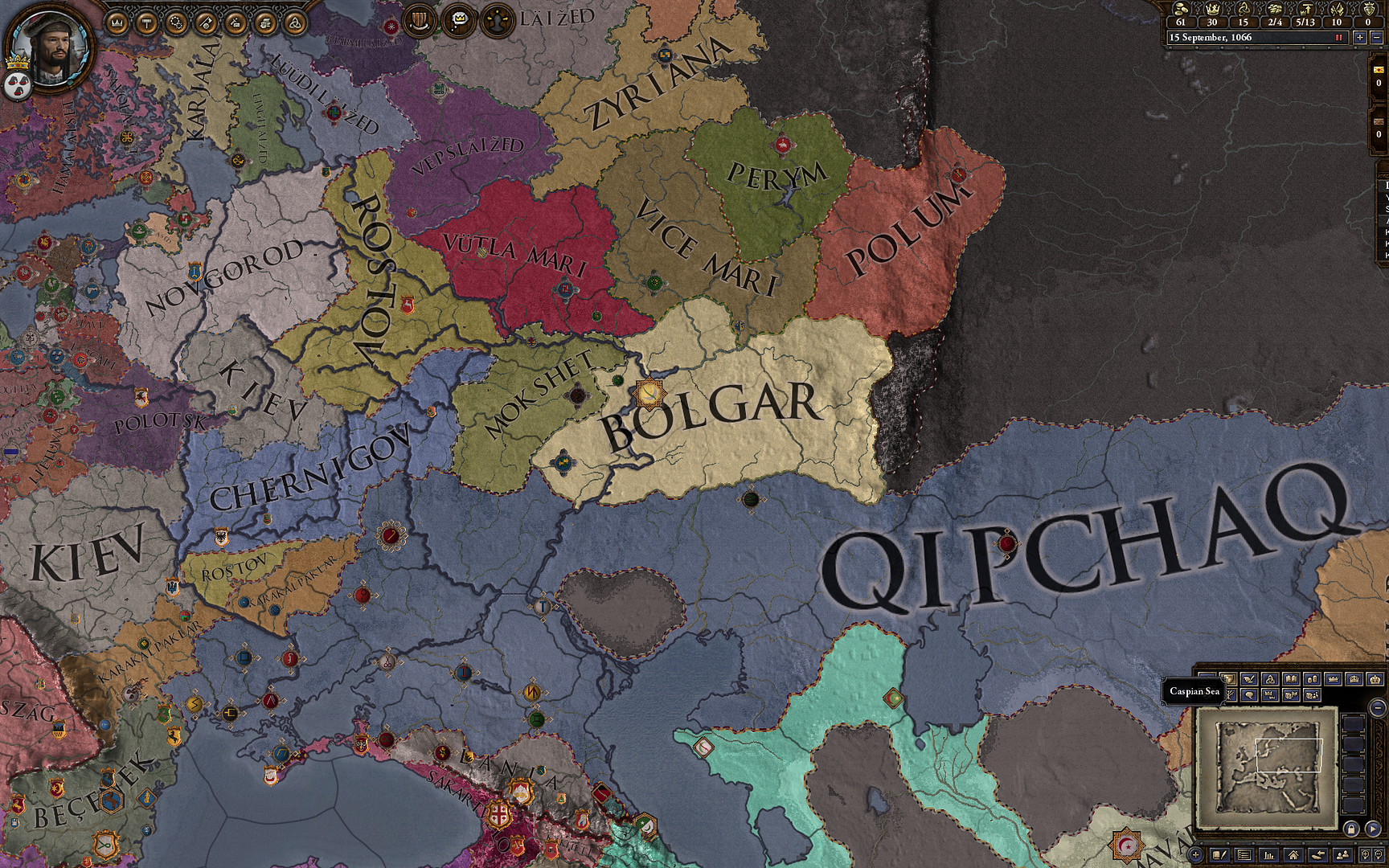
The Qipchaqs
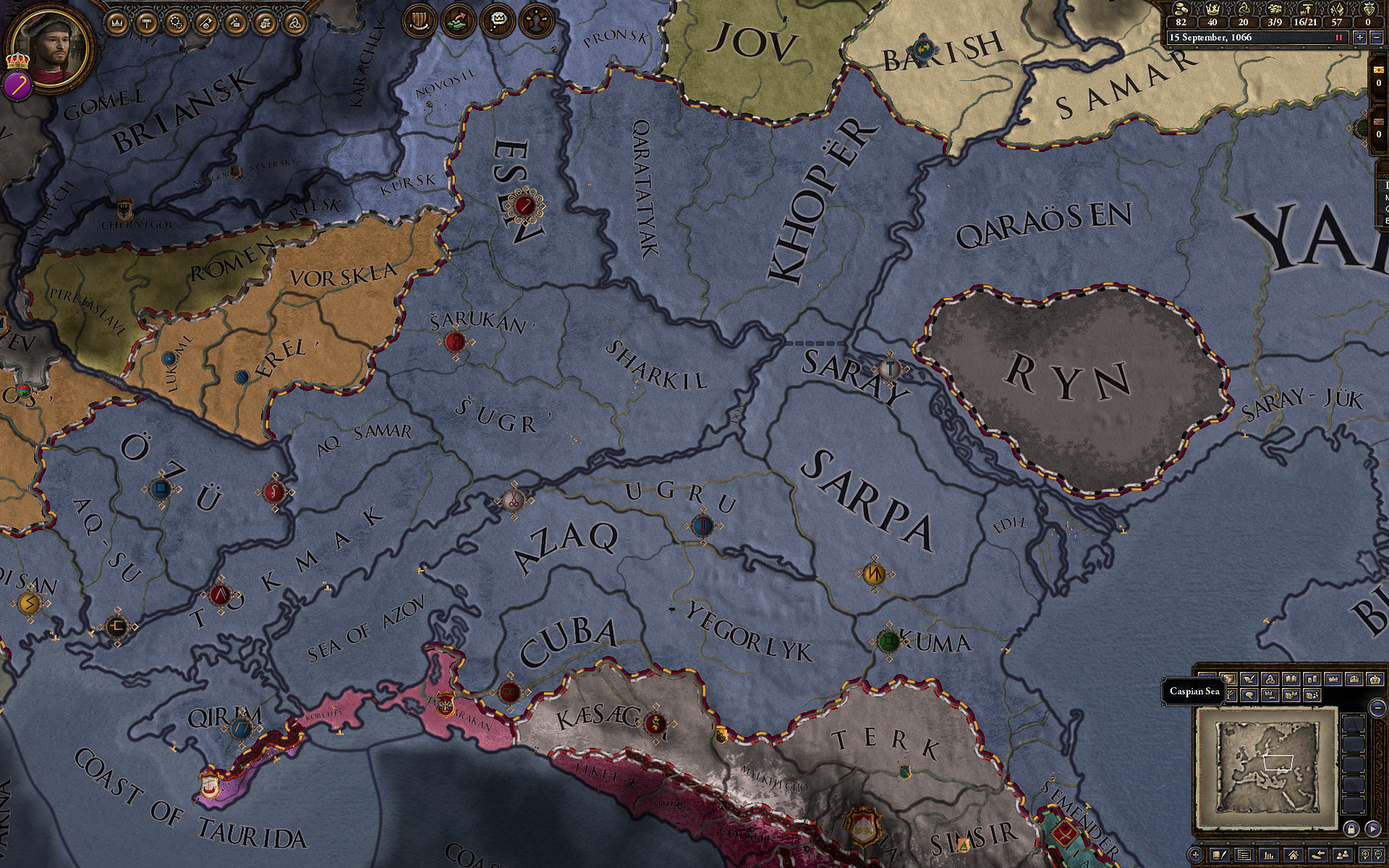
We kick off with meeting the new big kin in the neighbourhood, the Qipchaqs.
This cuman horde from the east have advanced west without relent the last 50 years and with its numbers still swelling it looks set to continue.

While being a massive tribal confederacy can indeed be intimidating to your puny neighbour, it can also be a source of weakness. Being heavily decentralised, the Khanate is prone to internal squabbles among its many tribe, something a clever outside foe might take advantage of.
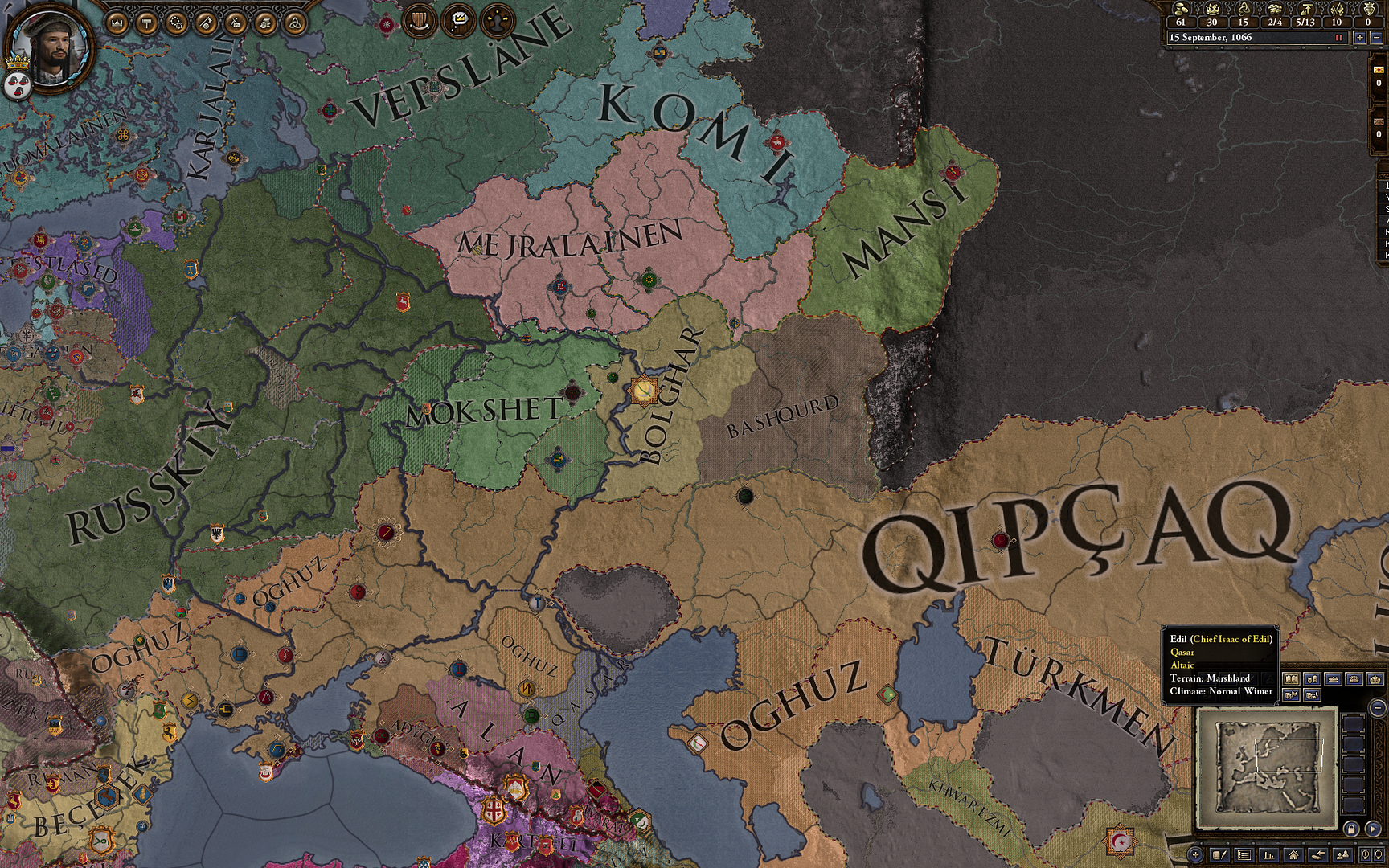
Despite its large size and sheer number of tribes, the confederation is fairly uniform in its religious and cultural background. The only real deviates being a few subjugated Uze and Khazar tribes.
The Pechenegs
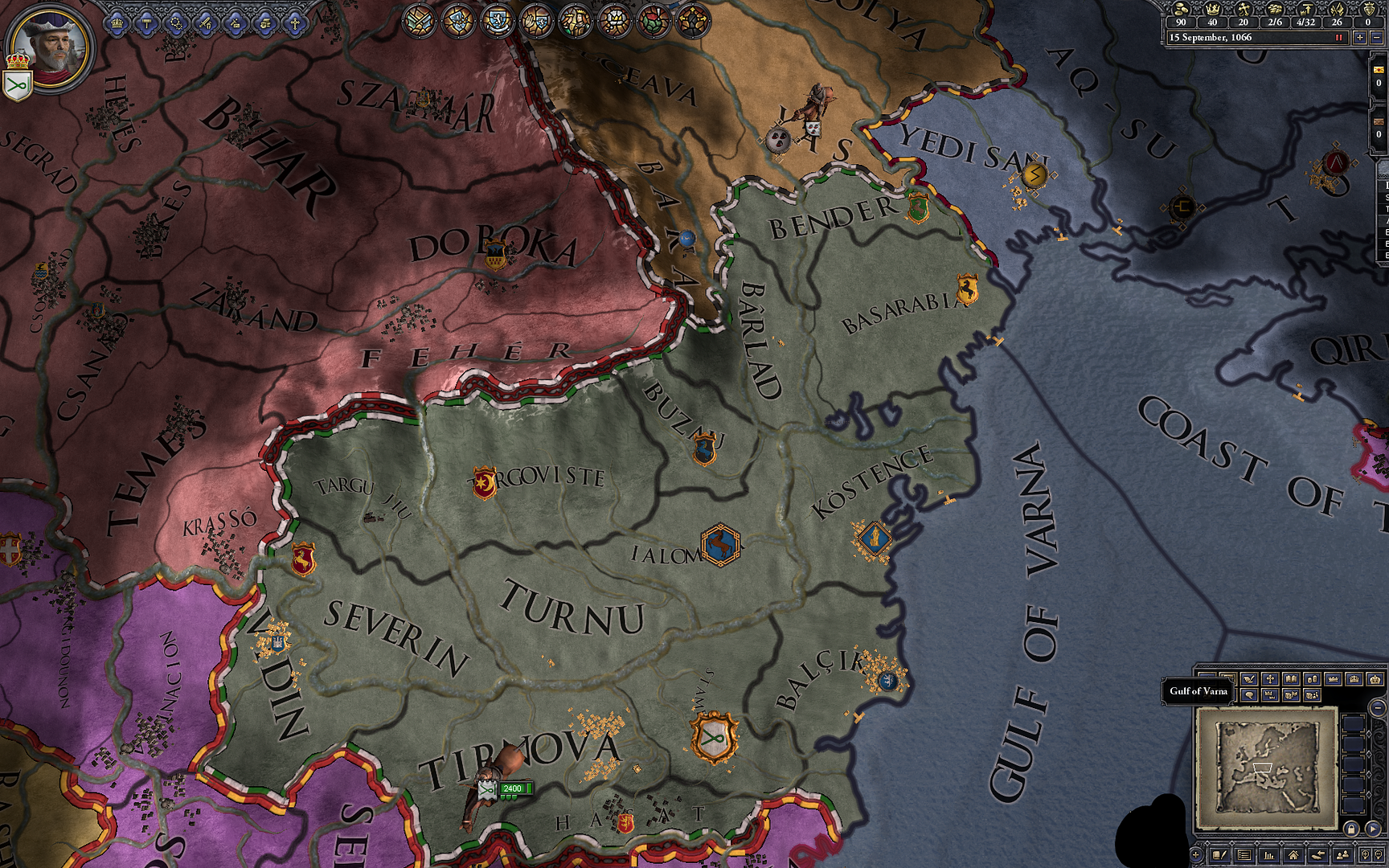
Background:
Much has happened the last two hundred years since we encountered the Pechenegs around the southern Urals and now we find them much further west.
The Story of the Pechenegs rise and fall has followed the usual pattern of dominion of the pontic steppes since antiquity.
After successfully expelling its western rivals the Pechenegs eventually fell prey to infighting the very moment their new found security was threatened by the determined advance of a powerful eastern adversary, in this case the Uzes(the north bound Oghuz). Leaving them vulnerable and with no alternative but to go yet further west.
In two aspects the infighting was different this time, it was not just a struggle for supremacy between the ruling families, but also a struggle of religion as well as one of social divide.
On one side the incumbent Tyrach, slothful and cautious ruler of the most noble blood, intrigued by the new religions from the south.
On the other Kegen, brave and ambitious commander but of insignificant birth and suspicious of foreign customs.
Outnumbered Kegen and his followers fled southwest in 1043 and finally sought refuge with the Greek Emperor, whom he came to serve in 1046.
Pressed by the Uzes, Tyrach and the other clans followed suit and in 1047 crossed the beyond the banks of the Danube to find new land and to settle his score with Kegen.
Failing to defeat the combined forces of Kegen's tribes and the imperial army Tyrach submitted to the Emperor, just like Kegen had done the year before.
But while many nobles accepted the Greek religion and customs forced upon them by their new master, they were not willing to give their life to defend the far flung empire.
Dispatched to Anatolia in 1048 to help repel a Seljuk invasion the Pecheneg leaders decided, shortly before the battle, that it was not their fight and went home instead, invoking the displeasure of the emperor.
Having subsequently thwarted a imperial punitive expedition in 1049, the Pechenegs have since then ruled their own affairs, much to the emperor's annoyance.
Culture:
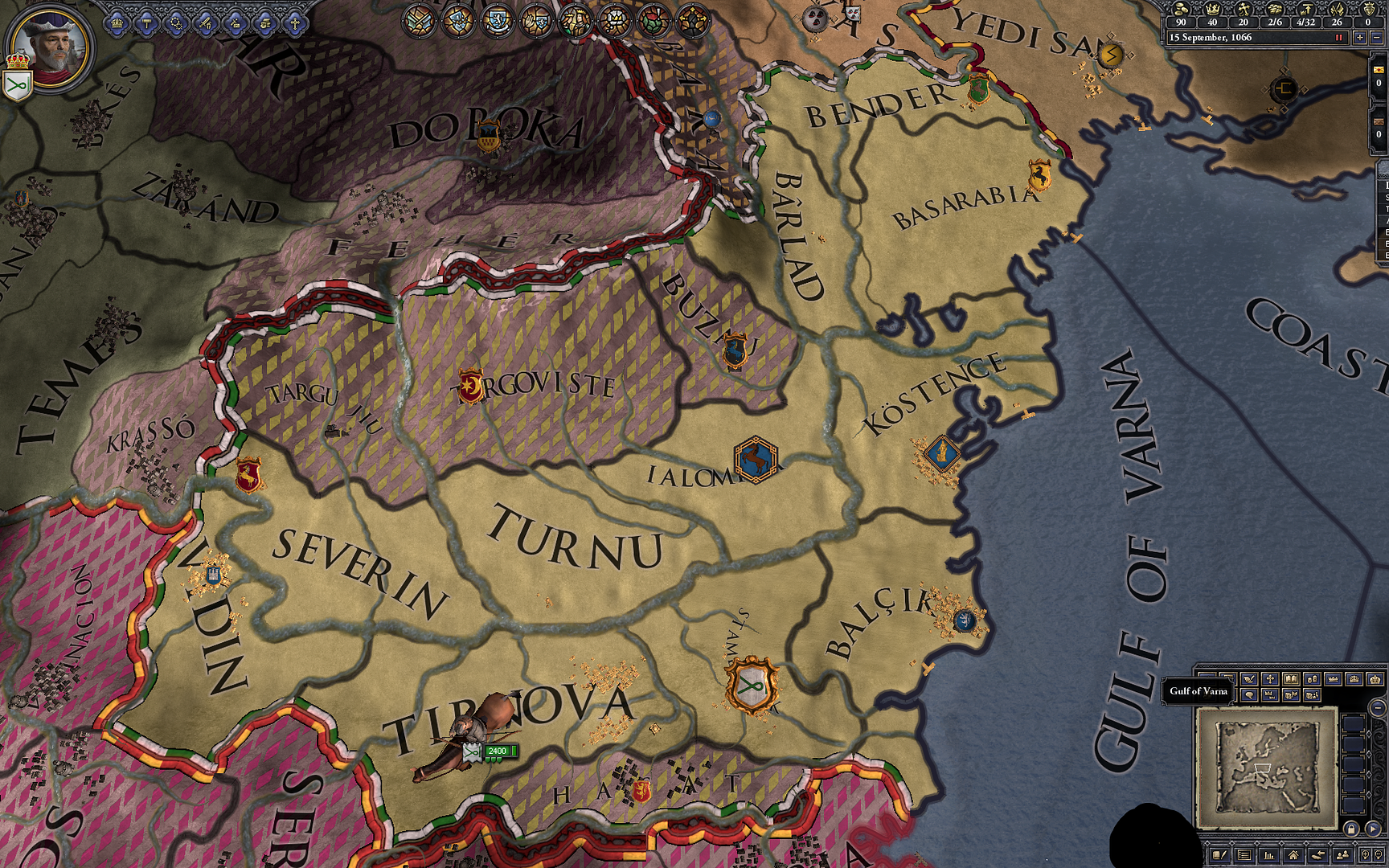
Yes that is a lot of Pecheneg. Both banks of the Danube have been ravaged by invading armies for centuries, this relative vacuum have made space for the Pechenegs to dominate the scene along both banks.
Religion:
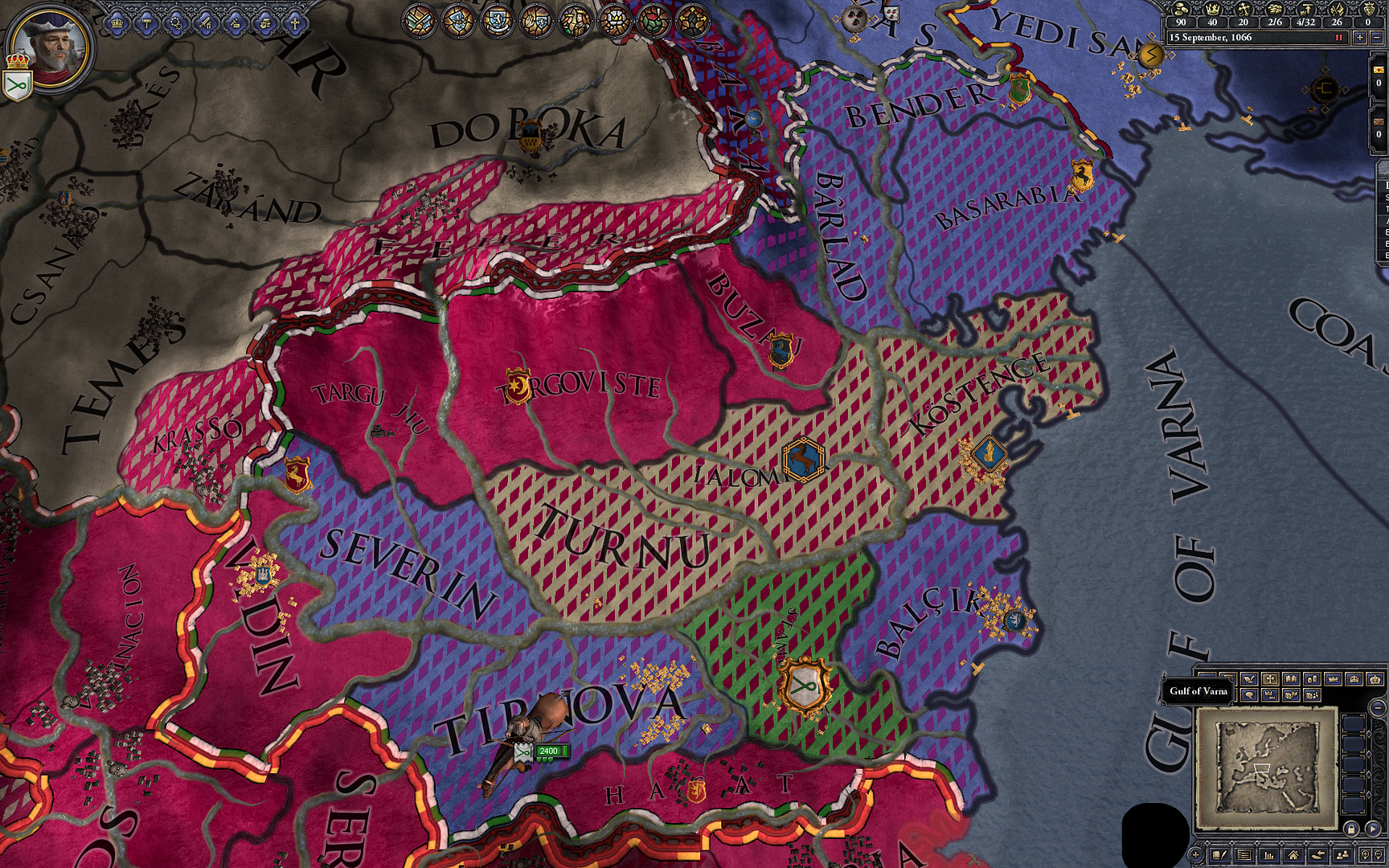
While the military might of the Greeks failed in imposing Greek customs on the Pechenegs, their faith has so far been more successful in gaining inroads.
However not all follows the new orthodox beliefs, Tegrisim and Manichaeism is abound among both high and low, and some of Tyrach followers have even refused to give up the Islamic teaching he had once imposed on them two decades earlier.
Tyrach now a man of old age, still leads the Pechengs.
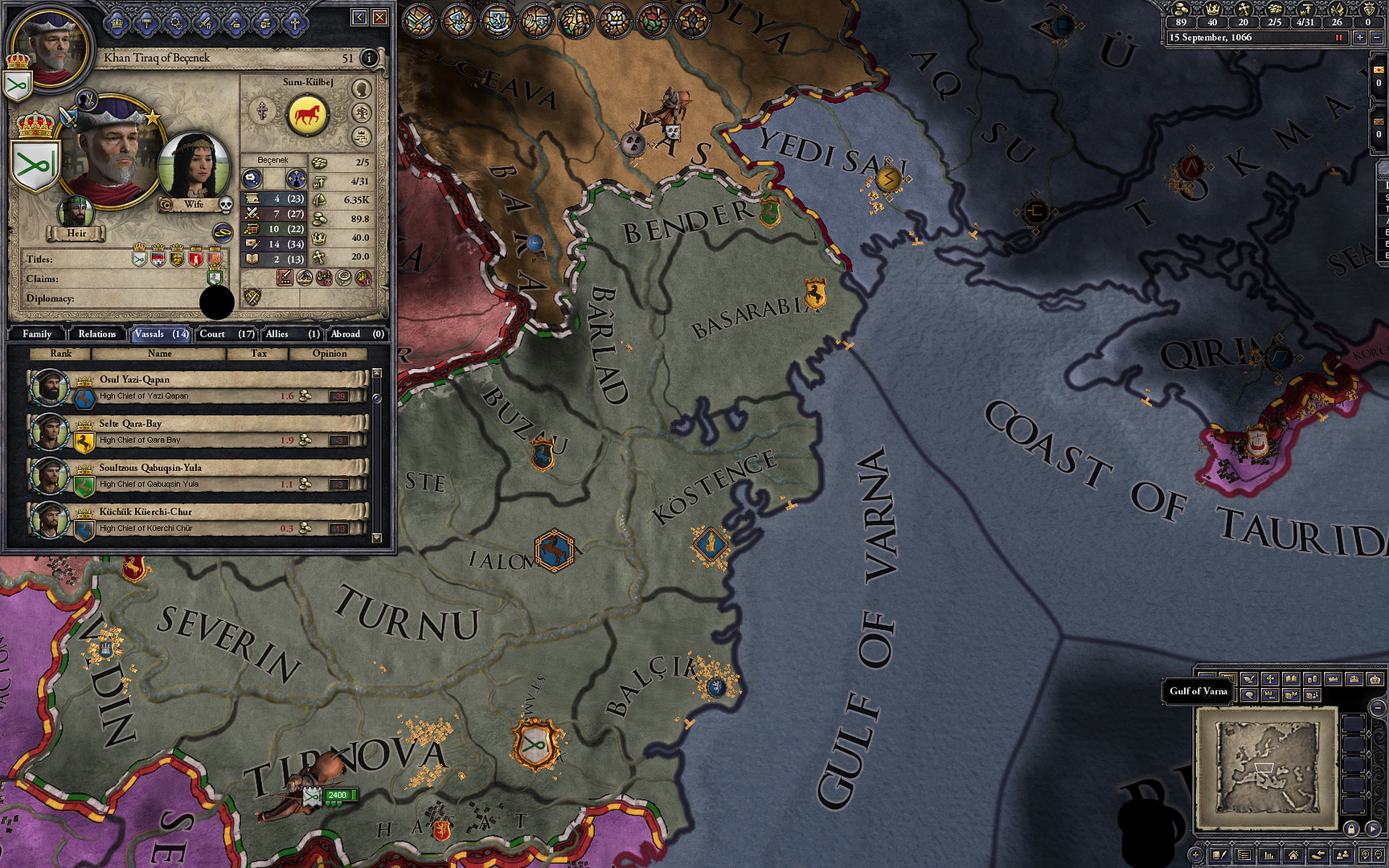
Kegen on the other hand finally met his end, at the hands of own people. Send as an envoy of the Emperor he was most treasously cut down while meeting his kin under an armistice.
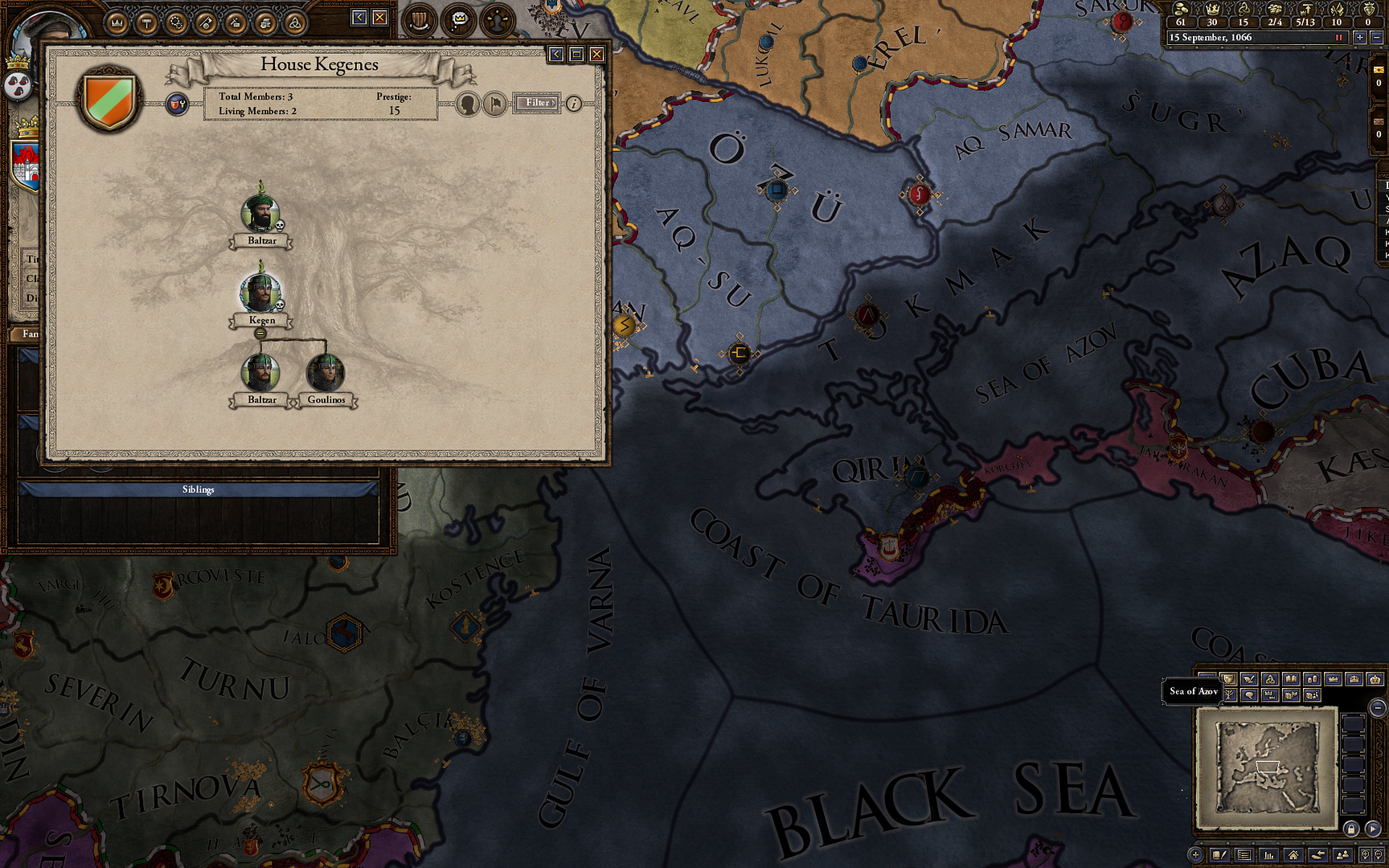
But his death is not the end of his interference with the affairs of the khan, Kegen's two sons are still at large and have found refugee at two different hostile courts. Both sons undoubtedly now plot revenge for their father’s murder.
The Blackcaps:
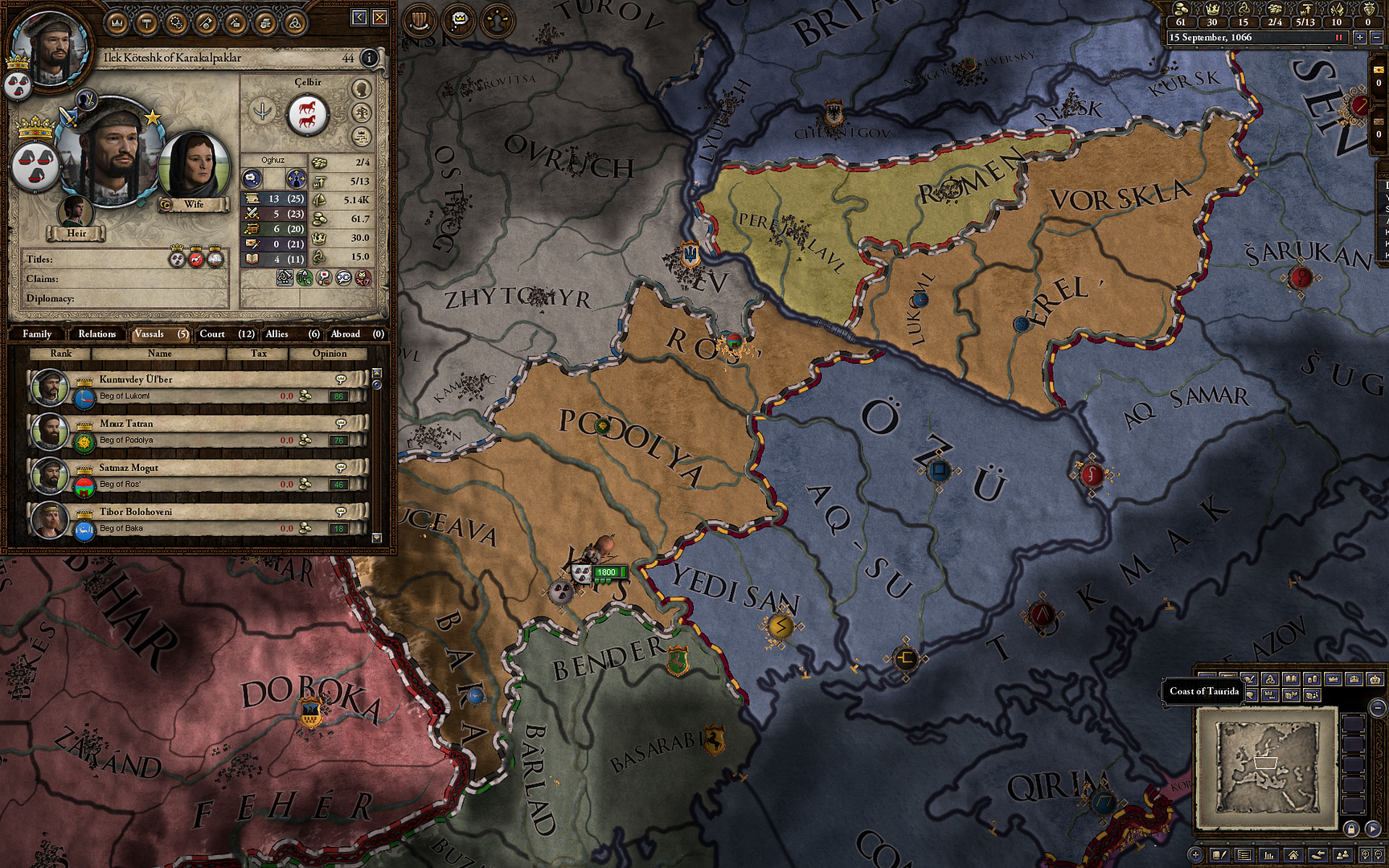
The Uzes, the Oghuz bane of Pecheneg ambition, has fared less well than their former foes. Within a decade of displacing their enemies they too were displaced from the open grasslands by an emerging force from the east.
Broken and battered by the Cuman horde, they forged a tentative understanding with their northern Russian neighbours to serve as axillaries under the Blackcap name.
To retain what little land and freedom they had the blackcaps spend the following decades continuously switching their allegiance back and forth between the two unfriendly giants.
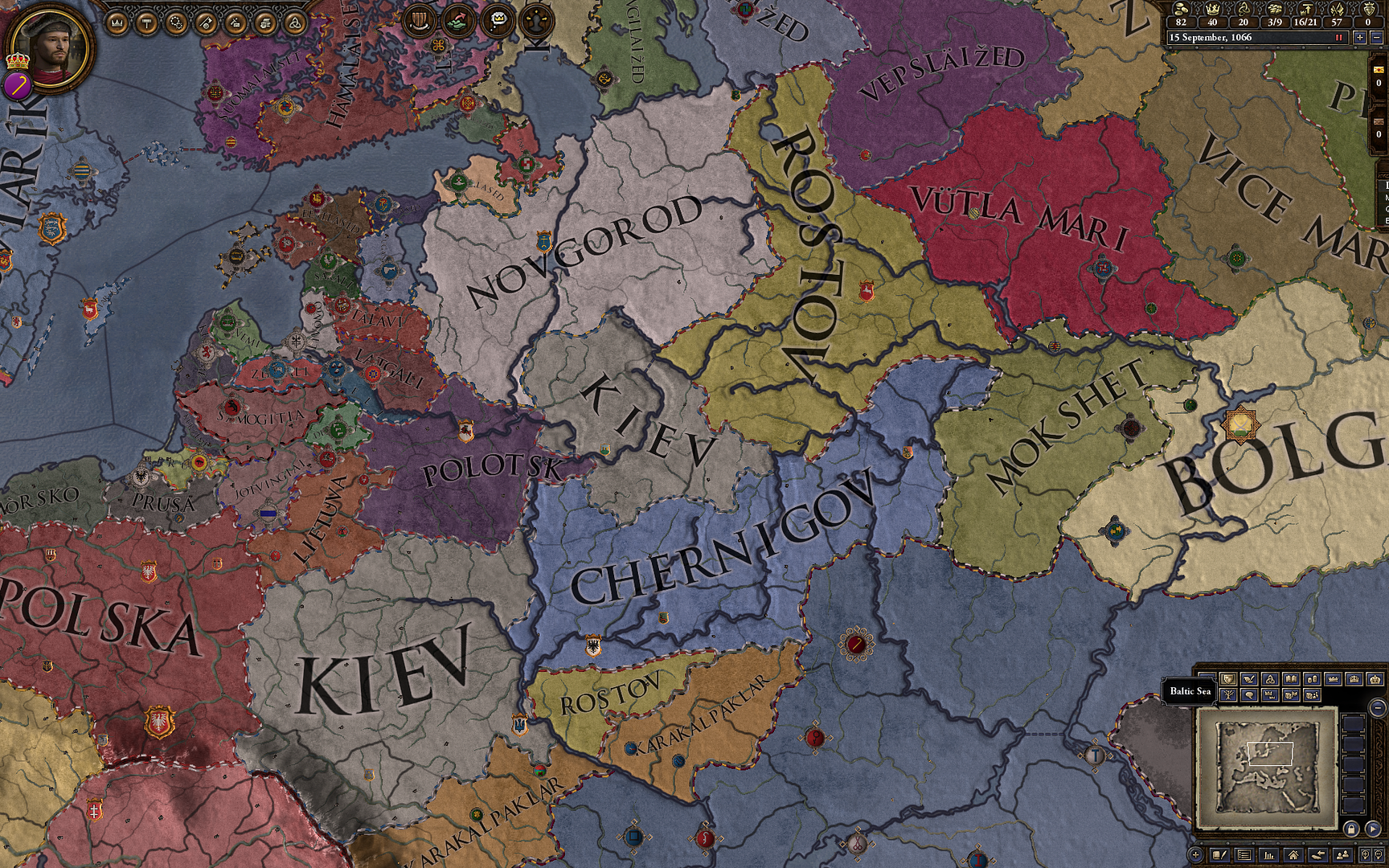
This has kept their tentative autonomy in the harried borderland safe, but should one side finally prevail over the other, full submission to the victor appears inevitable.
Finally I leave you with a slightly less safe Russian starting position, the Principality Tmutarakan which is now independent.
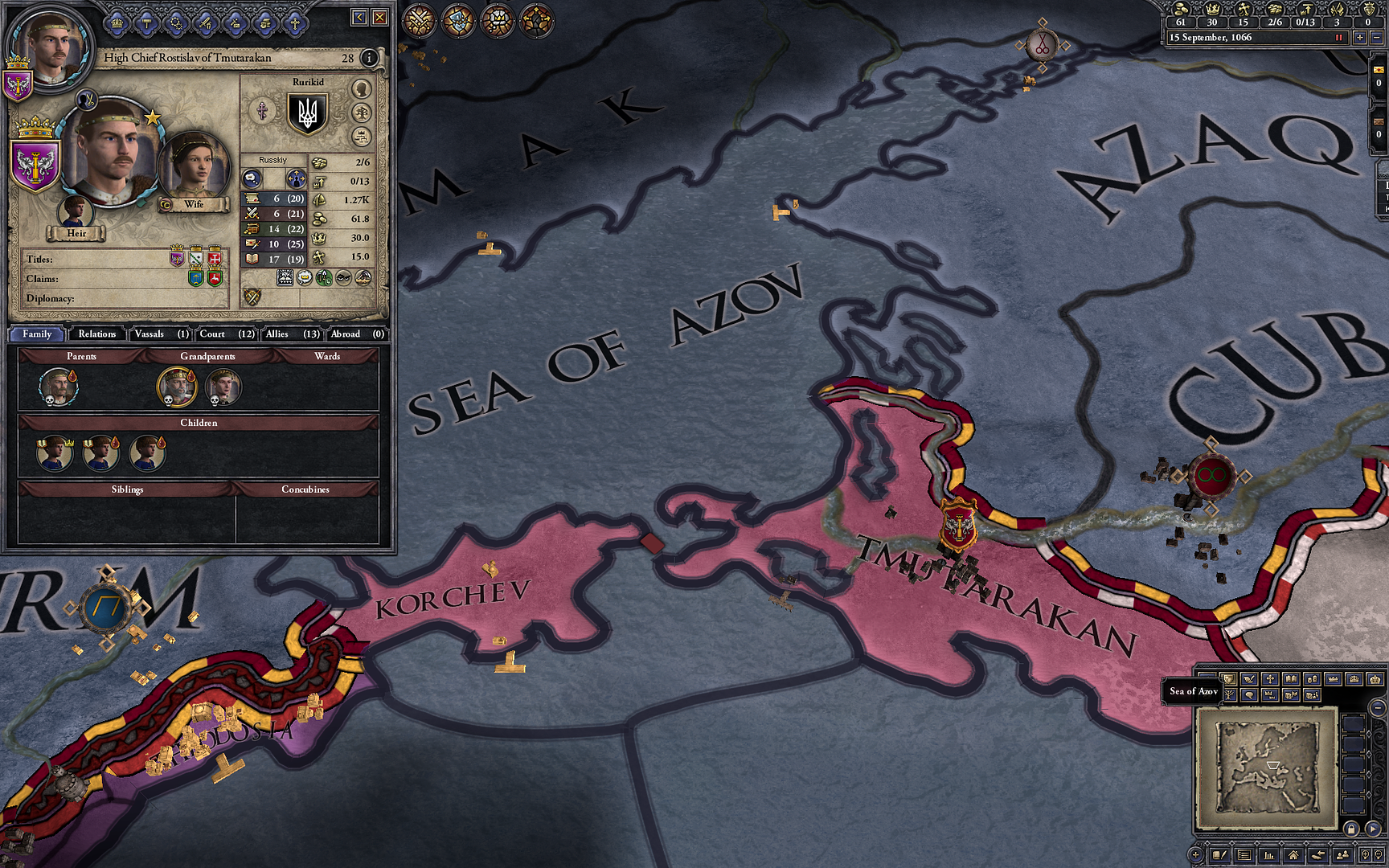
That is all for today, in the next DD King will lift the lid on what the Greeks have been upto.
Hello everyone and welcome to the 9th devdiary for the eastern expansion. Today we revisit the steppes and see how thing are shaping up 200 years after our last visit.

The Qipchaqs

We kick off with meeting the new big kin in the neighbourhood, the Qipchaqs.
This cuman horde from the east have advanced west without relent the last 50 years and with its numbers still swelling it looks set to continue.

While being a massive tribal confederacy can indeed be intimidating to your puny neighbour, it can also be a source of weakness. Being heavily decentralised, the Khanate is prone to internal squabbles among its many tribe, something a clever outside foe might take advantage of.

Despite its large size and sheer number of tribes, the confederation is fairly uniform in its religious and cultural background. The only real deviates being a few subjugated Uze and Khazar tribes.
The Pechenegs

Background:
Much has happened the last two hundred years since we encountered the Pechenegs around the southern Urals and now we find them much further west.
The Story of the Pechenegs rise and fall has followed the usual pattern of dominion of the pontic steppes since antiquity.
After successfully expelling its western rivals the Pechenegs eventually fell prey to infighting the very moment their new found security was threatened by the determined advance of a powerful eastern adversary, in this case the Uzes(the north bound Oghuz). Leaving them vulnerable and with no alternative but to go yet further west.
In two aspects the infighting was different this time, it was not just a struggle for supremacy between the ruling families, but also a struggle of religion as well as one of social divide.
On one side the incumbent Tyrach, slothful and cautious ruler of the most noble blood, intrigued by the new religions from the south.
On the other Kegen, brave and ambitious commander but of insignificant birth and suspicious of foreign customs.
Outnumbered Kegen and his followers fled southwest in 1043 and finally sought refuge with the Greek Emperor, whom he came to serve in 1046.
Pressed by the Uzes, Tyrach and the other clans followed suit and in 1047 crossed the beyond the banks of the Danube to find new land and to settle his score with Kegen.
Failing to defeat the combined forces of Kegen's tribes and the imperial army Tyrach submitted to the Emperor, just like Kegen had done the year before.
But while many nobles accepted the Greek religion and customs forced upon them by their new master, they were not willing to give their life to defend the far flung empire.
Dispatched to Anatolia in 1048 to help repel a Seljuk invasion the Pecheneg leaders decided, shortly before the battle, that it was not their fight and went home instead, invoking the displeasure of the emperor.
Having subsequently thwarted a imperial punitive expedition in 1049, the Pechenegs have since then ruled their own affairs, much to the emperor's annoyance.
Culture:

Yes that is a lot of Pecheneg. Both banks of the Danube have been ravaged by invading armies for centuries, this relative vacuum have made space for the Pechenegs to dominate the scene along both banks.
Religion:

While the military might of the Greeks failed in imposing Greek customs on the Pechenegs, their faith has so far been more successful in gaining inroads.
However not all follows the new orthodox beliefs, Tegrisim and Manichaeism is abound among both high and low, and some of Tyrach followers have even refused to give up the Islamic teaching he had once imposed on them two decades earlier.
Tyrach now a man of old age, still leads the Pechengs.

Kegen on the other hand finally met his end, at the hands of own people. Send as an envoy of the Emperor he was most treasously cut down while meeting his kin under an armistice.

But his death is not the end of his interference with the affairs of the khan, Kegen's two sons are still at large and have found refugee at two different hostile courts. Both sons undoubtedly now plot revenge for their father’s murder.
The Blackcaps:

The Uzes, the Oghuz bane of Pecheneg ambition, has fared less well than their former foes. Within a decade of displacing their enemies they too were displaced from the open grasslands by an emerging force from the east.
Broken and battered by the Cuman horde, they forged a tentative understanding with their northern Russian neighbours to serve as axillaries under the Blackcap name.
To retain what little land and freedom they had the blackcaps spend the following decades continuously switching their allegiance back and forth between the two unfriendly giants.

This has kept their tentative autonomy in the harried borderland safe, but should one side finally prevail over the other, full submission to the victor appears inevitable.
Finally I leave you with a slightly less safe Russian starting position, the Principality Tmutarakan which is now independent.

That is all for today, in the next DD King will lift the lid on what the Greeks have been upto.
Last edited:
- 10
- 2


